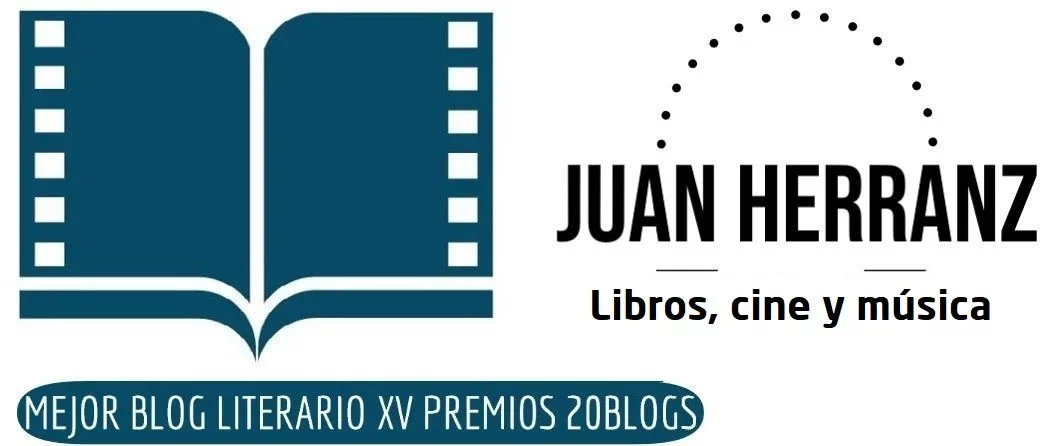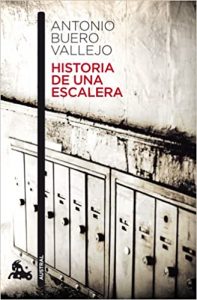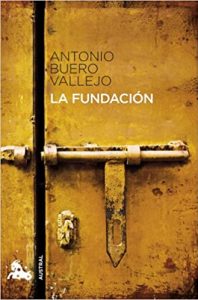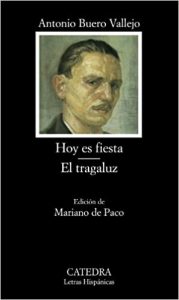To have brought to this space Inclán Valley and not do the same with buero vallejo It was a sin pending atonement in this blog. Because they are both those practically novelistic playwrights. Authors whose works fascinate us from the stage, but who also preserve much of their magic when read.. And that is undoubtedly due to its great literary quality above all else. Because then there is the style of each one, their more bohemian or more realistic contribution. But that is already a matter of the necessary diversity and the trends of each era.
As for the synergy between the two, it seems as if a kind of chance caused an unexpected change from the first genius to the second. When Vallé Inclán died, back in '36, Buero Vallejo was not even a shadow of the writer he was. Through the Civil War, some sublimating process ended up being produced capable of, among the shadows of the tragedy of each author's era, reflecting the best intra-historical chronicle of the pre- and post-war situation.
With a bibliography as extensive as that of his predecessor already mentioned, Buero Vallejo has a good handful of essential works as a reading beyond his dramaturgical perspective and other works that are already more circumscribed to his enjoyment from the theatricalization. We go there with my impressions of the best of the immeasurable Antonio Buero Vallejo.
Top 3 recommended books by Antonio Buero Vallejo
History of a ladder
Stairs. Wherever each neighbor accompanies the sound of his steps, so does his sorrow. The post-war costumbrismo in Spain is a mix between a cubism where everything decomposes and a kind of fatuous pride of a nation where moral standards seem to re-emerge as an imposed horizon against which everyone submits to end up internalizing miseries as natural processes towards some glorious future.
But time passes and with it life slides for the inhabitants of this community. That passage of time is wonderfully fixed in the assumption of defeat and the only possible focus of improvement in some children, with the final resentment that certainly nothing is being done (nor can it be) to leave a space for hope.
A play with its three acts of presentation, middle and end where the feeling of self-inflicted tragedy leads us to a profound existentialism. The dreams of those unfortunate people are as big as their present is bitter. Hope does not seem like the solution to the plot of the action until in the end sensations of last hope emerge in the face of a reality determined to crush any pretension of an ideal other than mere survival.
The Foundation
The most surprising work in Buero Vallejo's bibliography. Although the story of a staircase perhaps reaches more due to its location focused on the results of the war and the long-extended Franco regime without any signs of a solution, in strictly narrative terms, the foundation is much more interesting for its kaleidoscopic game, a kind of confusion where we move while waiting for the final vision of a reality that seems to slip away.
The foundation is one of the works of Buero Vallejo that have achieved greater success with the public and critics, both for the drama of its plot and for the novelty of the technical procedures used. Presented as a fable, it presents the reader-viewer with a clash between reality and fiction, which is gradually resolved in favor of the truth.
When, identified with the protagonist of the work, we believe that we are comfortably installed in a Foundation, we discover that we are in a prison. It is the reflection of our world and our society.
Today is a party, The skylight
This volume brings together two works from different decades but woven together by the same contrasts of the most typical characters of Buero Vallejo, that lower class of postwar Spain nurtured by most of a people who are sometimes Cainite, always mischievous and waiting for their opportunity to escape misery.
Antonio Buero Vallejo points out, from his first theoretical texts, the obligation of the creator to seek ways of expressing himself in a society violated by censorial impositions. His theatrical premieres sometimes had a political dimension, since they constituted a form of civic resistance and ethical affirmation, in a dictatorship that did not allow other manifestations of freedom.
In "Today is a party" there is a powerful social intention: a group of typical lower-middle-class characters are presented in an environment that determines, to a certain extent, their inferior position. They themselves show the problems that beset them, aggravated by the statism of the world around them, the possible small solutions and their particular dreams. In "El skylight" the fraternal rivalry immediately refers to the one that took place in the civil war and the subsequent difficult coexistence, with special relief through the figure of El padre.



